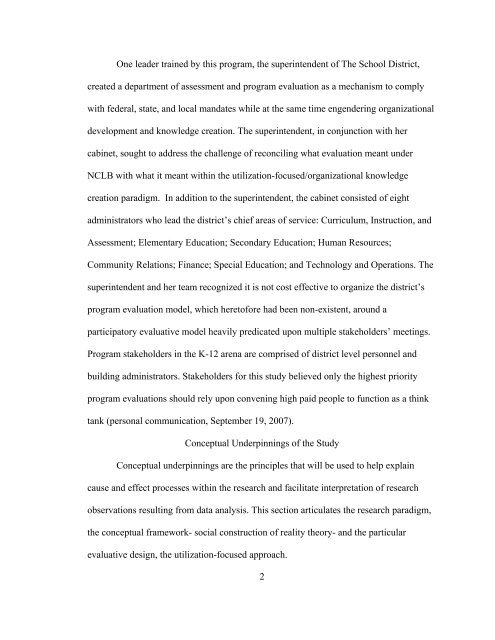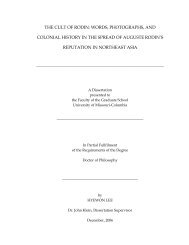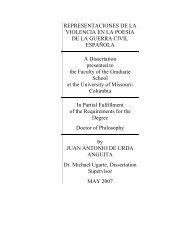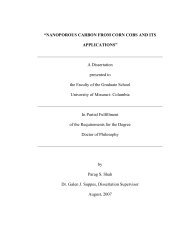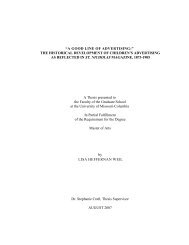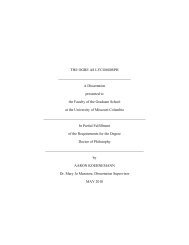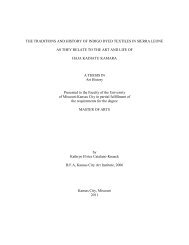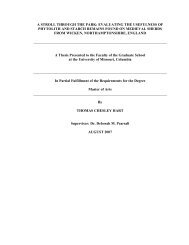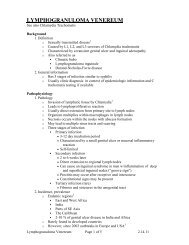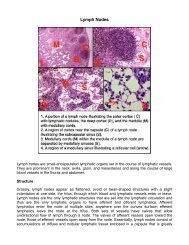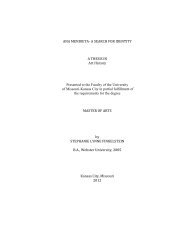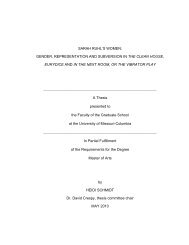Social Construction of Reality - Bad Request
Social Construction of Reality - Bad Request
Social Construction of Reality - Bad Request
Create successful ePaper yourself
Turn your PDF publications into a flip-book with our unique Google optimized e-Paper software.
One leader trained by this program, the superintendent <strong>of</strong> The School District,<br />
created a department <strong>of</strong> assessment and program evaluation as a mechanism to comply<br />
with federal, state, and local mandates while at the same time engendering organizational<br />
development and knowledge creation. The superintendent, in conjunction with her<br />
cabinet, sought to address the challenge <strong>of</strong> reconciling what evaluation meant under<br />
NCLB with what it meant within the utilization-focused/organizational knowledge<br />
creation paradigm. In addition to the superintendent, the cabinet consisted <strong>of</strong> eight<br />
administrators who lead the district’s chief areas <strong>of</strong> service: Curriculum, Instruction, and<br />
Assessment; Elementary Education; Secondary Education; Human Resources;<br />
Community Relations; Finance; Special Education; and Technology and Operations. The<br />
superintendent and her team recognized it is not cost effective to organize the district’s<br />
program evaluation model, which heret<strong>of</strong>ore had been non-existent, around a<br />
participatory evaluative model heavily predicated upon multiple stakeholders’ meetings.<br />
Program stakeholders in the K-12 arena are comprised <strong>of</strong> district level personnel and<br />
building administrators. Stakeholders for this study believed only the highest priority<br />
program evaluations should rely upon convening high paid people to function as a think<br />
tank (personal communication, September 19, 2007).<br />
Conceptual Underpinnings <strong>of</strong> the Study<br />
Conceptual underpinnings are the principles that will be used to help explain<br />
cause and effect processes within the research and facilitate interpretation <strong>of</strong> research<br />
observations resulting from data analysis. This section articulates the research paradigm,<br />
the conceptual framework- social construction <strong>of</strong> reality theory- and the particular<br />
evaluative design, the utilization-focused approach.<br />
2


